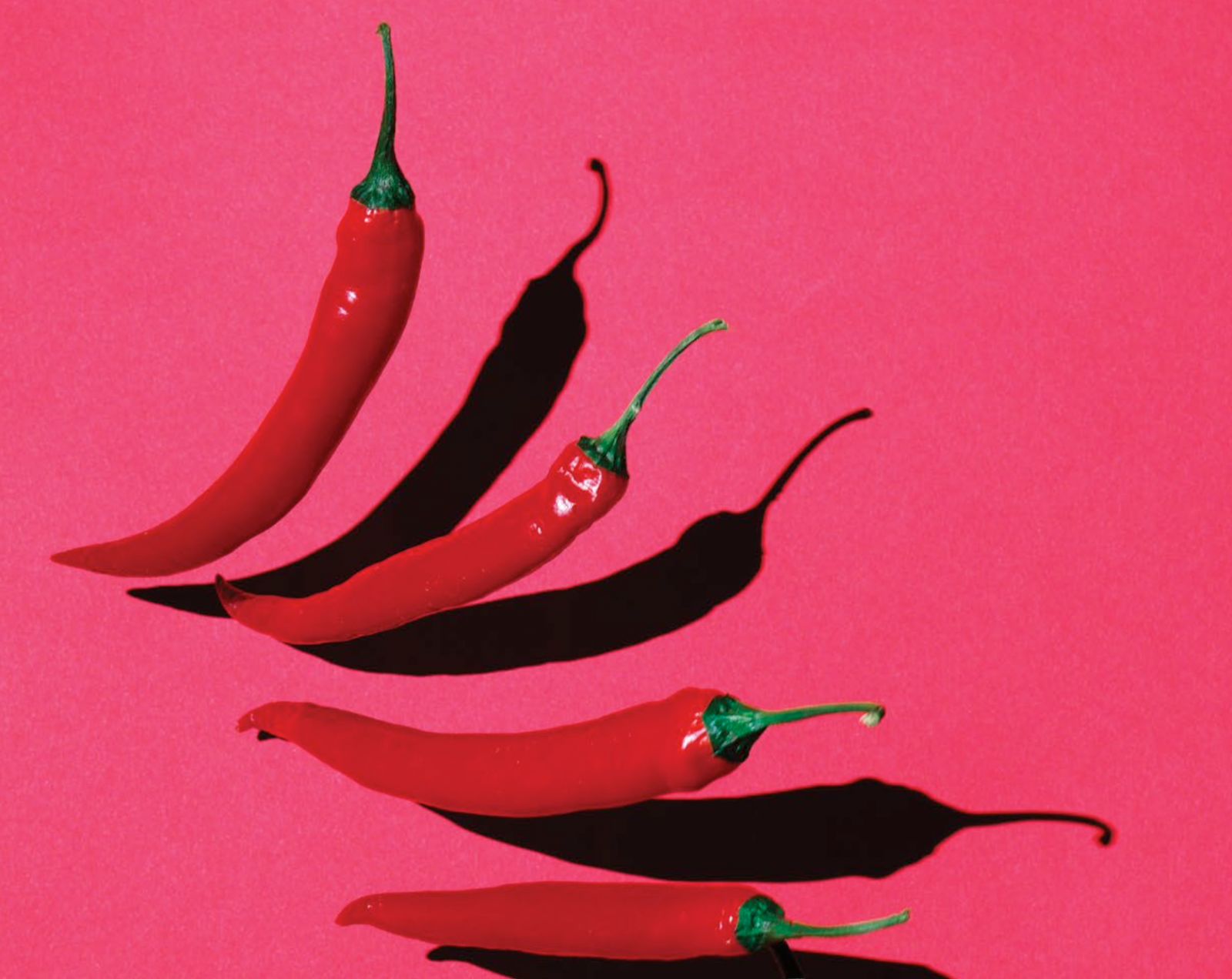Find out what ingredients, cooking methods, and topics are all the buzz
Food trends, like fashion, change with the times. It’s helpful to note that it’s not simply to keep restaurateurs, chefs and consumers abreast with what’s current but rather to be integrated with culture, influence behaviour and inspire innovation.
If 2023 were a year of alternatives, with people going for healthier options such as nut milks, plant-based fast food numbers, coconut flour in pastries, monk fruit and dates in place of sugar, and jackfruit as a substitute for meat, this year would have ingredients culled from different parts of the globe.
See also: Meet the eclectic cast behind Roots: The new Siargao restaurant with an interdisciplinary approach
Swicy food
It’s a flavour combination that’s not new, but thanks to TikTok, it has officially earned a label. It’s a playful portmanteau of sweet and spicy, which has been proven to be effective with the likes of pepper jelly and Mexican spiced hot chocolate; and just recently, we saw doughnuts slapped with sour cream, drizzled with the hot sauce, then garnished with slivered almonds from New York’s Jolie Patisserie, or Gochujang Chocolate Pot de Creme with beignet from the DC joint Succotash.
The flavour dynamic duo isn’t just limited to confectionaries. Shake Shack had a cheeseburger with bourbon bacon jalapeño jam; Doritos released a spicy sweet chilli variant; and in the Philippines, Cheeza Bakes by Sunshine Puey has hot honey cheese pimiento, while bottle brand Isla Filipinas has a natural raw honey and siling labuyo (local chilli variety) condiment.
“Gone are the days when people are looking for extremely spicy food that they will regret the next day,” says Don Baldosano of Linamnam. “With the emerging popularity of Indian, Thai and Filipino cuisines, it seems diners are looking for flavours that are in-your-face yet balanced. That’s why I think the combination of sweet and spicy is something people will be looking for. The perfect balance of pain and pleasure in eating makes you want to eat more after each bite.”
Tahini
There’s more to tahini than just hummus. As of late, chefs have been getting much fanfare as they try to use it in more mainstream ways, like milkshakes and cookies, showcasing its flexibility, Tahini also enhances the flavours and textures of salad dressings, barbecue sauces, doughnuts and mac and cheese.
See also: What’s next for chef Bruce Ricketts? From Mecha Uma to Iai




